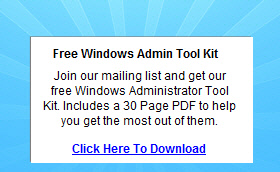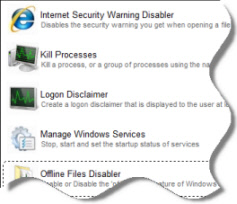Hi,
Acutally,Server 2012 RDS is designed under the basic premise that RDS servers will be joined to a domain, at least one RD Connection Broker will be present, and that RDSH servers will be managed as a collection using Server Manager (and/or powershell).
The thing to keep in mind is that most of the tools provided to make managing/configuring RDSH servers easier in 2012 will
not work in a workgroup configuration. This includes most (if not all) of the new powershell commands and server manager. Most of the old powershell commands and GUI programs that would have allowed you to configure/manage
a standalone RDSH server have been removed.
Exception to the above is for RD Licensing and RD Gateway. The GUI and powershell tools for those are still present in 2012.To configure and manage a standalone RDSH server you may use a combination of local group policy (gpedit.msc), WMI commands, registry
edits, and config file edits, as needed. For RD Licensing and RD Gateway you may use the graphical tools as in previous versions, or the old powershell commands (import-module RemoteDesktopServices).
You will need to use PowerShell to manage your server, as you can't install the RDMS UI without a domain. The following is a good place to get started on learning the PowerShell cmdlets:
http://blogs.msdn.com/b/rds/archive/2012/06/28/introduction-to-windows-powershell-scripting-in-windows-server-2012-remote-desktop-services.aspx
Hope it helps
Regards,
Clarence
TechNet Subscriber Support
If you are
TechNet Subscription user and have any feedback on our support quality, please send your feedback
here.


